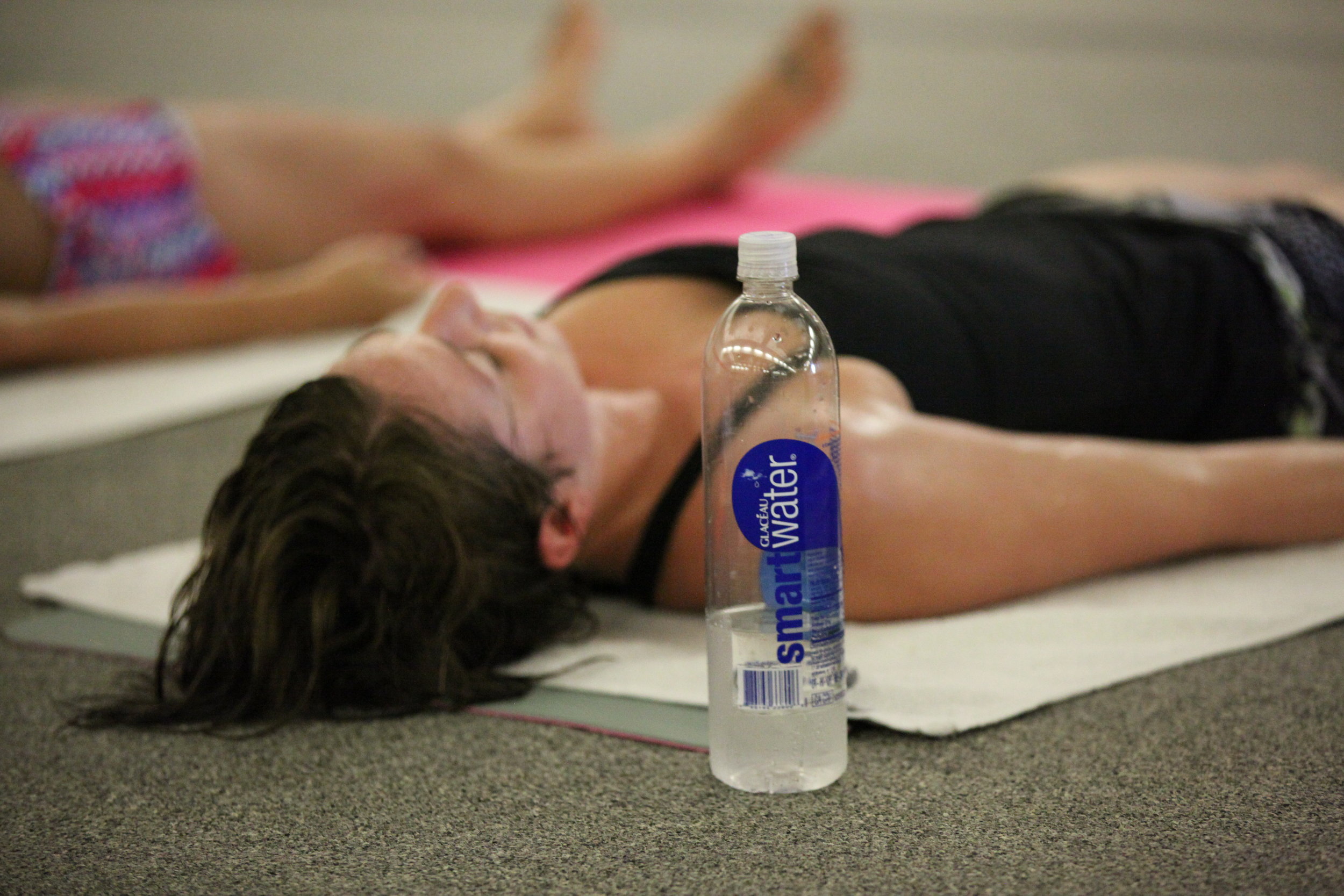Va-va voom!
Nothing fuels your body quite like Bikram Yoga does. Know what I mean?
It’s no urban legend or old wives’ tale. If you’ve been practicing for a while – you already know it, first hand. Your whole system is working better. You love it … and so does your mate. Yeah … I see that smile.
“Whatever are you talking about, PJ?” you ask, innocently. (Mm-hmm).
I’m talking about all that nitric oxide coursing through your veins, of course.
Ahem. When this powerful gas molecule is released into your bloodstream, it relaxes the blood vessels, expands the capillaries and increases circulation. (See where I’m going? Gentlemen, start your engines.)
Fortunately, for those of us who practice Bikram Yoga, there is ample opportunity to produce nitric oxide during class. Going through the 26 postures of the Bikram series, we activate muscles in every part of the body. As with any type of exercise, those muscles demand oxygen, supplied by the blood. In order to send blood to those areas more easily, when the need arises, nitric oxide is then released from the lining of the arteries. Presto.
Some scientists call nitric oxide “the hero of human biology.” By dilating the artery walls, it enables blood to travel faster through the body. One popular metaphor physicians may use is that of a fire hose. As water rushes through it to put out a fire – the hose needs to expand enough to handle the pressure, still keeping enough force to put out the fire.
Thank you, nitric oxide, for treating our circulatory system the same way!
You can imagine – during a 90-minute Bikram class, as we send blood to all areas of the body, we produce a lot of nitric oxide. This is what makes Savasana so delicious and restorative. And in the bedroom, it’s what … Well, you know the rest. I won’t use adjectives there, but they’re good ones too.
I don’t want to get in any trouble with the pharmaceutical geniuses who decided to put the power of nitric oxide into a pill … but … wouldn’t you rather get your dose of Viagra the natural way? Avoid the need for it all together?
That’s right … see you in class!








